Managing a rental property in Pleasant Hill comes with its mix of satisfaction and stress. As someone responsible for homes people live in, I know how important it is to make each transition, from one tenant to the next, as smooth as possible. Are you a local landlord or investor who wants to keep your returns strong and avoid headaches when renters move on? Or maybe you’re simply looking for practical advice to protect your investment and keep tenants happy. If so, you’ve come to the right place.
Rental turnover can seem complicated, but with a plan in place, you can make the process easier and more profitable. Let’s dig into exactly what Pleasant Hill rental turnover involves, why it happens, and how best to handle it every step of the way. Whether you manage one home or a small portfolio, this guide is built to give you clear answers and actionable solutions.
Key Takeaways
- Pleasant Hill rental turnover refers to the process of efficiently transitioning between tenants to minimize vacancy and maximize returns.
- Understanding and addressing common reasons—such as job relocation, family changes, and maintenance issues—can reduce rental turnover rates.
- A step-by-step turnover process, including inspections, repairs, and targeted advertising, helps protect property value and attract quality tenants.
- Preparation before listing, with professional cleaning, safety checks, and small upgrades, increases appeal to prospective renters.
- Maintaining open communication, regular maintenance, and clear policies encourages tenant retention and reduces costly turnover.
- Complying with Pleasant Hill and California rental laws during turnover is essential to avoid legal complications and protect both landlords and tenants.
Understanding Rental Turnover in Pleasant Hill
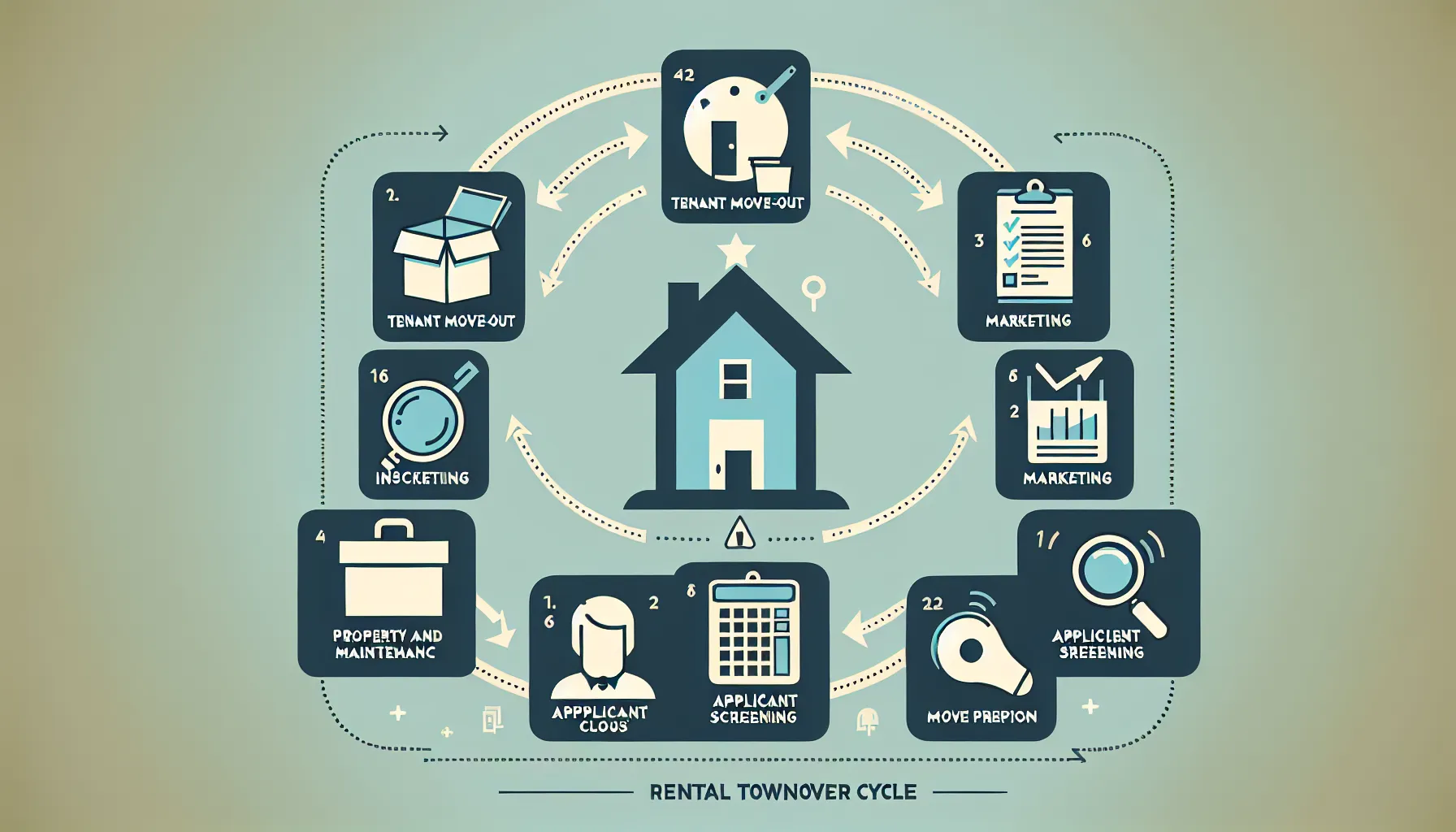
Rental turnover refers to the period when one tenant moves out and a new one moves in. This is a critical time for any landlord, as each day the property sits vacant can represent lost income.
In Pleasant Hill, turnover rates reflect broader Bay Area trends, balancing a steady demand for rentals with the occasional movement of tenants seeking new opportunities or lifestyles. Every time I oversee a turnover, I’m reminded of the importance of minimizing vacancy and keeping the process efficient. It’s not just about finding a new tenant quickly: it’s about setting up both the property and its future occupant for long-term success.
Many factors affect local turnover rates. Housing prices, job changes, and neighborhood developments can prompt tenants to move. Keeping a close eye on these factors helps me anticipate upcoming turnovers and prepare accordingly. By approaching turnover as a routine part of property management, I’m able to turn transitions into opportunities for improvement and profitability.
Common Reasons for Rental Turnover
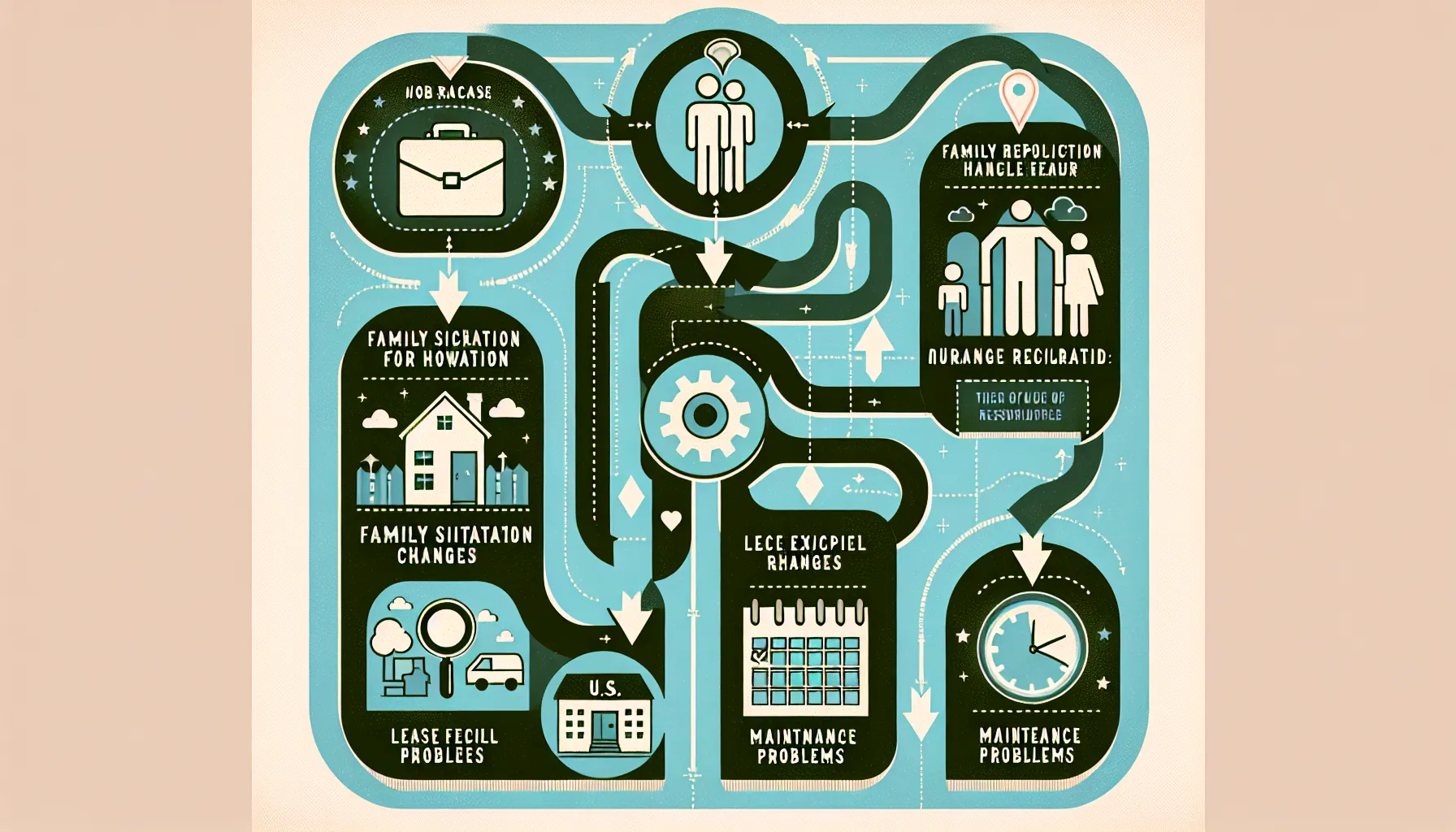
Through years of experience in Pleasant Hill property management, I’ve noticed several main triggers for rental turnover:
- Job Relocation: Pleasant Hill is close to major employment corridors, so job moves are a regular reason for tenants to leave.
- Changes in Family Situation: Marriages, divorces, and growing or shrinking families often prompt people to find new housing.
- Desire for Upgraded Amenities: Tenants sometimes want newer appliances, bigger yards, or more modern spaces.
- Lease Expiration and Rent Increases: Most tenants review their options when leases are up, especially if their rent increases.
- Unresolved Maintenance Issues: When repairs are ignored, tenants may feel neglected and start searching for other homes.
Understanding these factors helps me stay proactive. I can address issues early and adjust my approach as trends shift. Taking the time to understand why tenants move out lets me improve both the property and relationships, resulting in better tenant retention.
The Rental Turnover Process: Step by Step
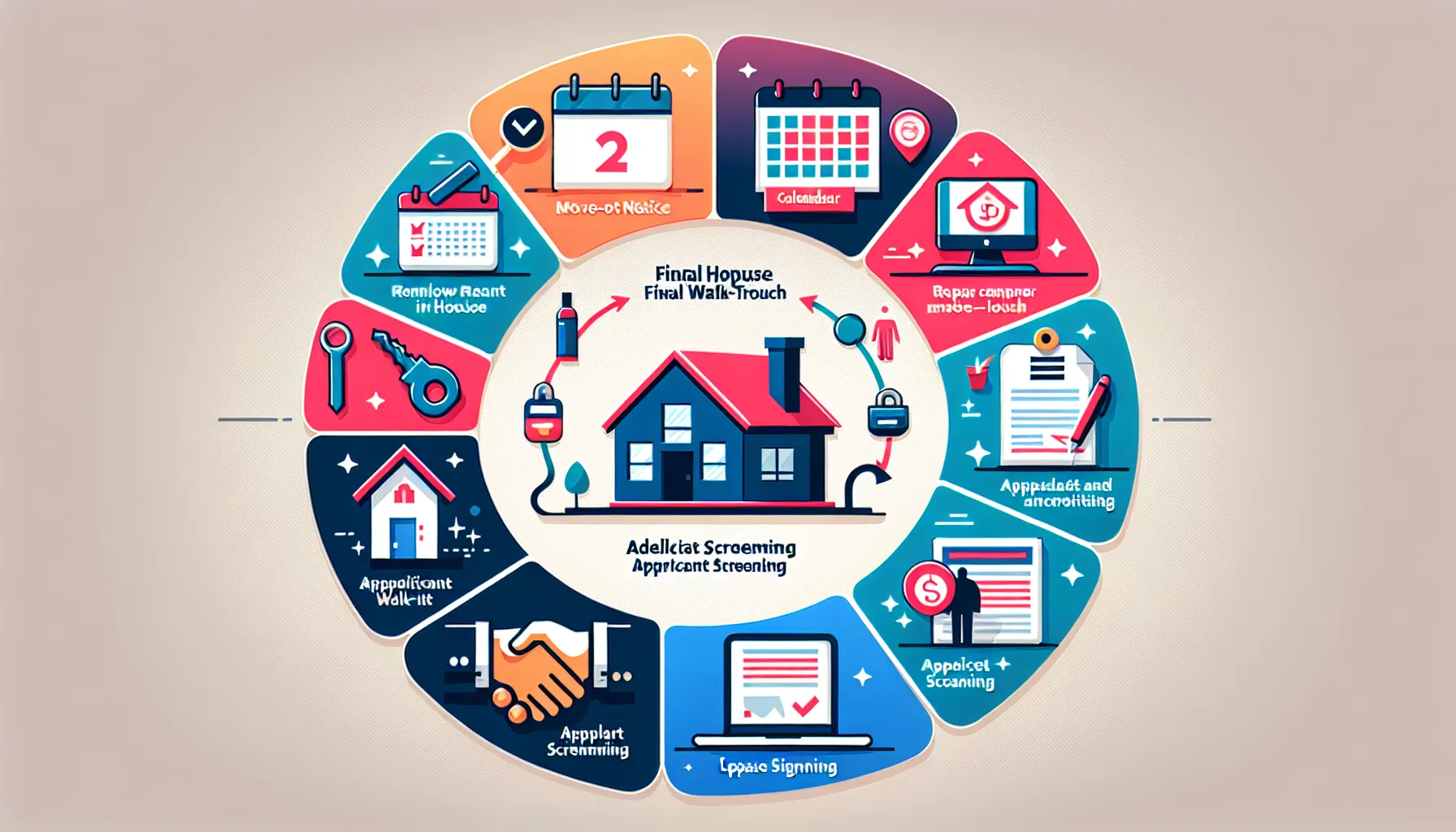
Every Pleasant Hill rental turnover I handle follows a careful process to protect both the property and my investment:
- Move-Out Notice and Inspection
When tenants give notice, I schedule a pre-move-out inspection. This helps me spot any issues early and gives tenants a chance to address them on their own, reducing deductions from the security deposit later.
- Final Walk-Through
After the tenants move out, I do a detailed walk-through, often referencing checklists and property condition reports. I compare the current condition to when the tenant moved in, documenting everything with photos.
- Repairs and Cleaning
I coordinate quick, thorough repairs and professional cleaning. Sometimes this means handling paint touch-ups, carpet cleaning, or even dealing with insurance claims if there’s damage.
- Advertising and Showings
Once the property is in top shape, I start advertising. Targeted marketing, think Facebook boosts or Google AdWords, brings in potential tenants quickly. Scheduling flexible showings helps reduce time off the market.
- Screening Applicants
I carefully review applications, check backgrounds, verify employment, and call references. Getting the right tenant in place is worth taking these extra steps.
- Lease Signing and Move-In
When a great applicant is found, I use a thorough lease agreement and review it in detail. At move-in, I provide keys and a fresh walk-through to set expectations for care and maintenance.
This sequence minimizes downtime and keeps the process moving so there’s less financial impact from turnover.
Preparing Your Property for New Tenants
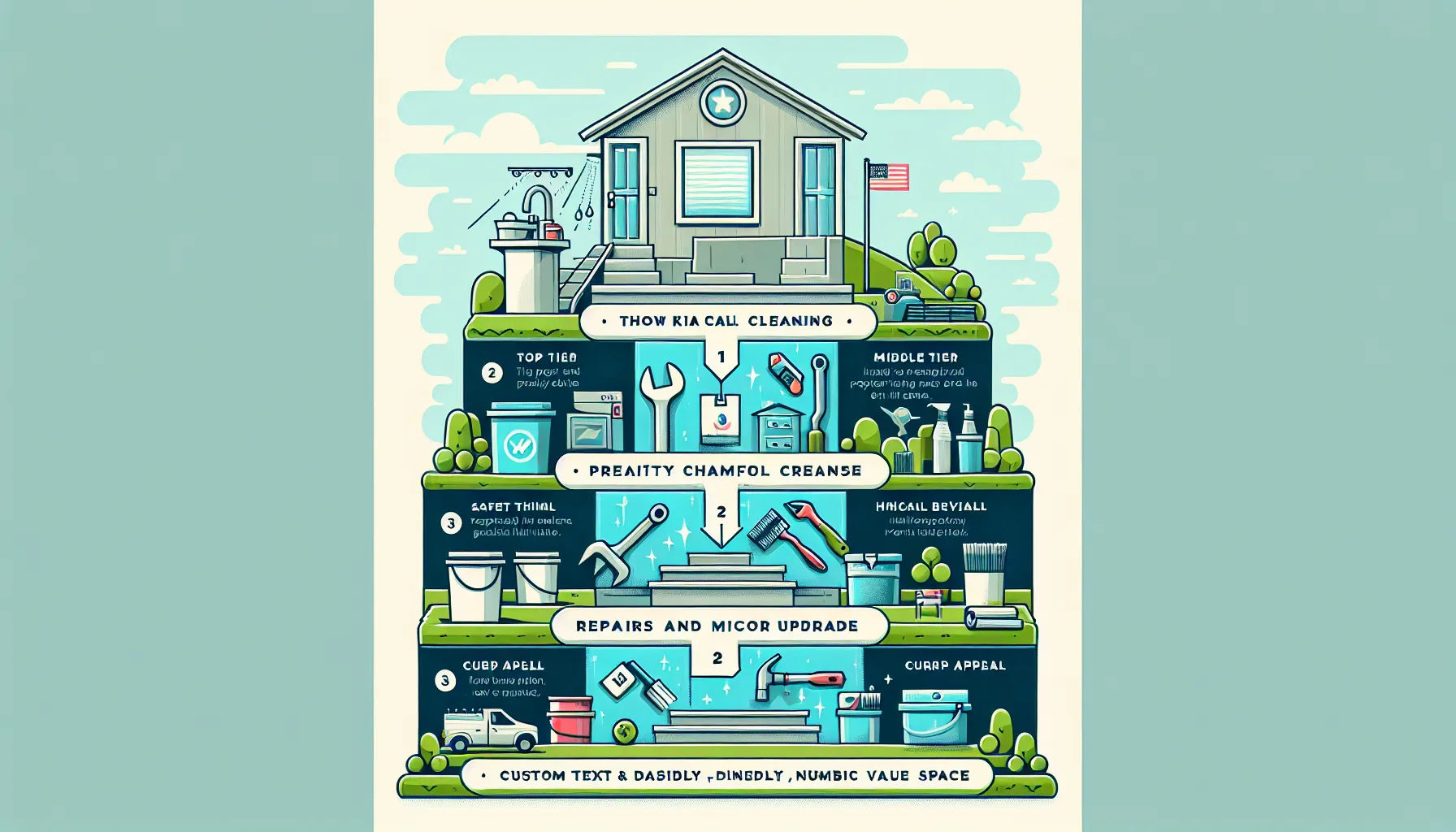
Getting a property ready for new renters is more than just a quick sweep. My focus is always on making a home that’s fresh, functional, and inviting, while also protecting your bottom line.
Clean and Safe First
I always start with a deep, professional cleaning. This goes beyond the basics, think carpets, windows, and corners you might not notice. Safety is non-negotiable. I test smoke detectors, check locks, and confirm all appliances are working as they should.
Repairs and Upgrades
This is the time to address anything left by former tenants. Small repairs add up, so I make sure every leaky faucet, sticky drawer, and broken tile is fixed. If the budget allows, consider minor upgrades like new paint or updated lighting. These changes can make a surprising difference in attracting quality tenants, without a major investment.
Curb Appeal
First impressions matter. I spruce up landscaping, trim hedges, and add a splash of fresh mulch. If you’re renting out a single-family home, this step is essential for drawing in motivated applicants.
By handling these tasks before advertising, I increase my odds of finding responsible tenants quickly. It’s much easier than playing catch-up later.
Reducing Turnover: Proven Strategies for Landlords
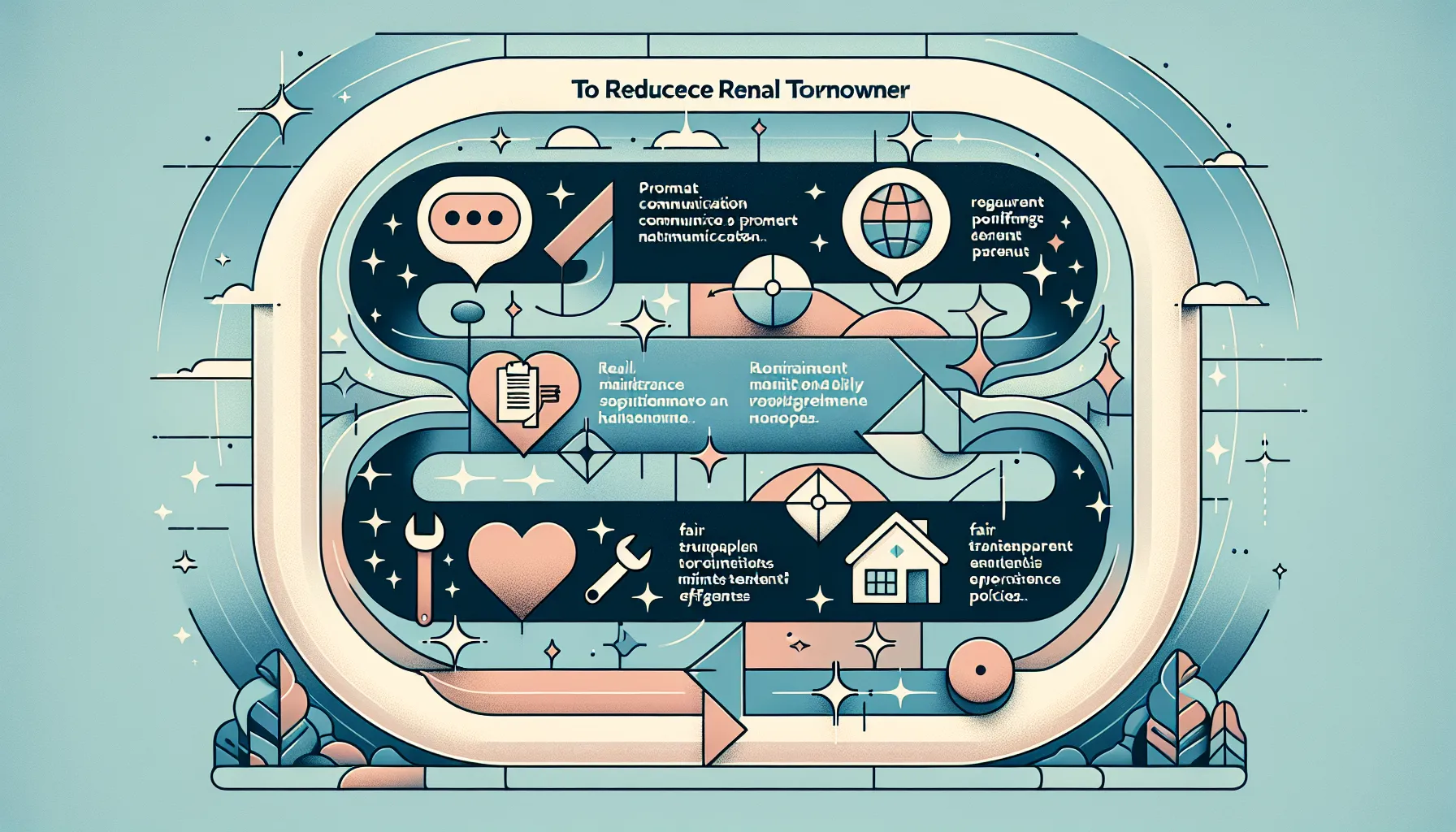
Rental turnover can be expensive, lost rent, cleaning, advertising, and potential repairs all eat into profits. Over time, I’ve learned a few strategies that consistently help keep turnover low in Pleasant Hill:
- Prompt Communication
Fast replies to tenant requests show I care about their experience. This tends to build trust and open conversations about lease renewal down the line.
- Regular Maintenance
I schedule semi-annual inspections and routine fixes. Small maintenance costs up front nearly always prevent bigger, costlier issues later.
- Fair, Transparent Policies
I explain any rent increases clearly and avoid sudden hikes. Tenants appreciate knowing what to expect.
- Tenant Appreciation
Little touches, like sending a holiday card or following up on repair satisfaction, can make people feel valued. Happy tenants stay put.
Rental turnover can’t always be avoided, but with these steps, I keep vacancy as brief as possible, and often see tenants stay year after year.
Legal Considerations for Rental Turnover in Pleasant Hill
Rental turnovers involve more than just marketing and repairs. California’s rental laws are very clear on protecting both landlords and tenants, and Pleasant Hill adds its own regulations that every property owner should know.
- Notice Requirements: I always provide written notice for entry and follow proper timelines, such as 24-hour notice for showings or repairs.
- Deposit Laws: Security deposits must be returned (minus allowable deductions) within 21 days, with an itemized list of any charges and supporting receipts.
- Tenant Rights: I make sure all paperwork, disclosures, and inspection reports are up to date and shared with tenants as required. Every step is documented to avoid miscommunication.
- Fair Housing: I treat all applicants equally, following federal, state, and local laws to protect against discrimination.
Staying on top of these legal details isn’t just smart, it’s required. If you have questions about any part of your obligations, it’s wise to consult an expert before you move forward.
Conclusion
Rental turnover in Pleasant Hill doesn’t have to be stressful or unpredictable. With thoughtful planning, good communication, and attention to both legal and practical details, I’m able to make transitions positive experiences for everyone involved. Whether you’re a homeowner holding on to your investment or an investor with multiple properties, taking care at each stage of turnover protects your property’s value and keeps tenants satisfied.
Reach out any time if you’d like to chat more about Pleasant Hill rental turnover or strategies that have worked for me. Smooth turnover isn’t just possible, it’s predictable with the right approach.
Frequently Asked Questions about Pleasant Hill Rental Turnover
What does Pleasant Hill rental turnover involve?
Pleasant Hill rental turnover involves the process from when one tenant moves out until a new tenant moves in. It covers inspections, repairs, cleaning, advertising, screening new tenants, and ensuring the property is ready for the next occupant, all while minimizing vacancy.
What are common reasons for rental turnover in Pleasant Hill?
Rental turnover in Pleasant Hill is usually triggered by job relocation, family changes, desire for better amenities, lease expiration with rent increases, or unresolved maintenance issues. Understanding these factors can help landlords reduce tenant turnover.
How can I minimize rental turnover at my Pleasant Hill property?
To reduce rental turnover, prioritize responsive communication, regular maintenance, fair and transparent policies, and tenant appreciation. Addressing concerns quickly and maintaining the property increases tenant satisfaction and encourages lease renewals.
Are there special legal requirements for rental turnovers in Pleasant Hill?
Yes, Pleasant Hill landlords must follow California laws regarding notice for entry, security deposit return within 21 days, disclosure requirements, and fair housing rules. Staying informed on these regulations helps avoid legal issues during turnover.
What is the best way to prepare my rental property for new tenants?
Ensure the rental is clean, safe, and in good repair. Address all maintenance issues, consider upgrades like fresh paint or new fixtures, and improve curb appeal. A well-prepared property attracts quality tenants and shortens vacancy periods.
How long does rental turnover usually take in Pleasant Hill?
Rental turnover duration can vary, but with efficient planning—prompt repairs, cleaning, and marketing—it’s possible to transition between tenants within a week or two, minimizing vacancy and maximizing rental income.
